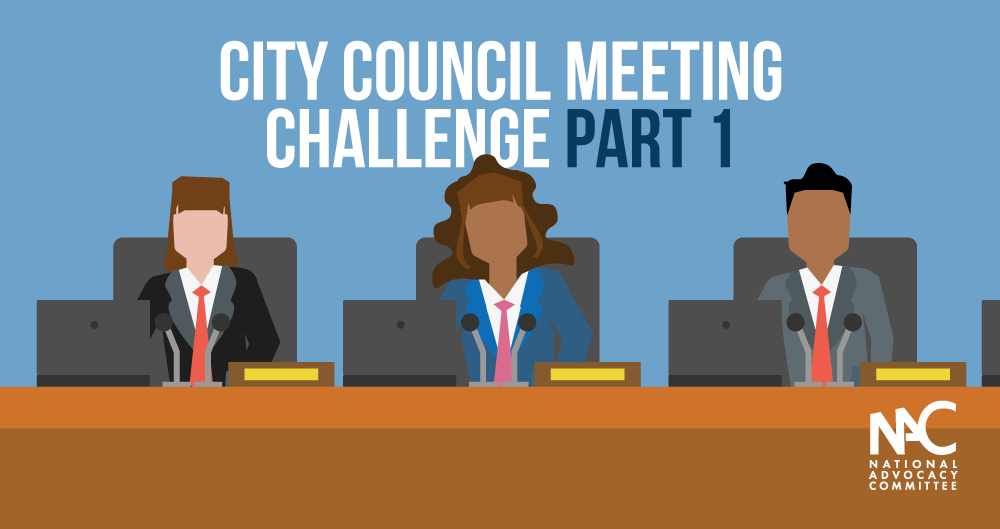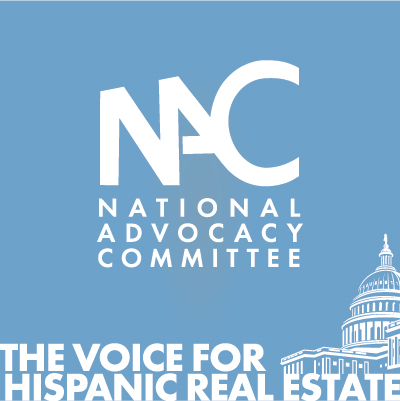Part 1: In June, NAHREP Takes on City Council Meetings!
Celebrating NAHREP familia, cultura, politics, and grassroots action
May 5, 2022
Qué onda mi gente?!
For years, all conversations around increasing minority homeownership have been focused on access to credit. How do we secure enough lending programs out there to ensure that first-time homebuyers can get adequate and affordable financing to purchase their homes? This is why the most important conversations around minority homeownership have historically happened within the Department of Housing and Urban Development (FHA), Federal Housing Finance Agency (FHFA, who regulates Fannie Mae and Freddie Mac), and the Consumer Financial Protection Bureau (CFPB).
However, today no other issue impacts Latino homeownership more than the low supply of homes for sale, particularly at the entry level. Today, there are 8.3 million Latinos aged 45 and under who are considered mortgage-ready but who aren’t homeowners. This number has actually doubled since 2015, meaning that the number of Latinos actively looking to buy homes or who are waiting on the sidelines for “home prices to drop,” will only continue increasing without converting that enormous potential into more Latino homeowners.
The most important housing conversations are happening today, one city and county at a time. Why? Because cities decide how and what land can be used for housing. And, cities administer building permits. This is why, for the month of June, the National Advocacy Committee will encourage all chapters to attend and speak at their city council meeting.

So, this is what we’re going to do. We are asking everyone to attend their first city council meeting just as an observant. This will be an opportunity to assess the lay of the land. Over the next couple of weeks, we’ll go over how to actually speak up at a city council meeting. However, today, let’s do a step-by-step guide on attending your first city council meeting:
- Find out when your next city council meeting is: Google your city website and find out when the next city council meeting is and put it on your calendar. Invite someone from NAHREP to go with you. Is it in person? Is it virtual? Is it hybrid? My city council meeting takes place on the second and fourth Tuesday of the month. I signed up for alerts so I always know what the agenda is for each meeting. You can often find the agenda on the city’s website. Reviewing the agenda allows you to know which topics will be discussed ahead of time.
- Show up and listen: Show up to your city council meeting and listen. You’re going to be amazed at how many of these decisions impact your everyday life as a resident of your city and as a real estate professional. I found the meeting pretty interesting. Also, be prepared for city residents to speak during the public comment period and say some outrageous things. Just expect it.
- Find out how the public comment process works: Either arrive early or stay until the end of the meeting to ask someone exactly how public comment works. What do you need to fill out? Can you speak up in person? Do you have to do it virtually? Is the public comment period at the end or beginning of the meeting? How long are you allowed to speak for? As you budget appropriately on whether to arrive early or stay later, note that city council meetings sometimes last more than 2 hours. It all depends on how much public comment there is.
- As you’re sitting there listening, do your research: I live in a small city outside of San Diego called La Mesa. As I was sitting there listening to the mayor, the city council, and the city manager speak, I googled all of them. I pretty soon realized who was passionate about housing supply and who was a NIMBY (Not in My Backyard activist). This is called power mapping. It is important to understand who is on our side on this issue, and who disagrees with us or will take more convincing
- Introduce yourself: Either before the meeting starts or when it ends, go up to the city manager and the city council member you feel is most allied with us when it comes to housing supply. Tell them who you are, that you are involved with NAHREP, and that you’re passionate about creating homeownership opportunities for first-time homebuyers, particularly for communities of color. Comment on something they said that really resonated with you.
And that’s it. That’s your first assignment. Next week, we’ll talk about showing up and speaking during public comment.

About Noerena Limón
Noerena Limón is NAHREP’s Executive Vice President of Public Policy and Industry Relations. Noerena heads the organization’s policy and advocacy efforts on issues ranging from homeownership, housing inventory, credit access and immigration.
Prior to joining NAHREP, Noerena spent six years at the Consumer Financial Protection Bureau (CFPB) and served as a political appointee under President Obama in the White House Office of Political Affairs.



